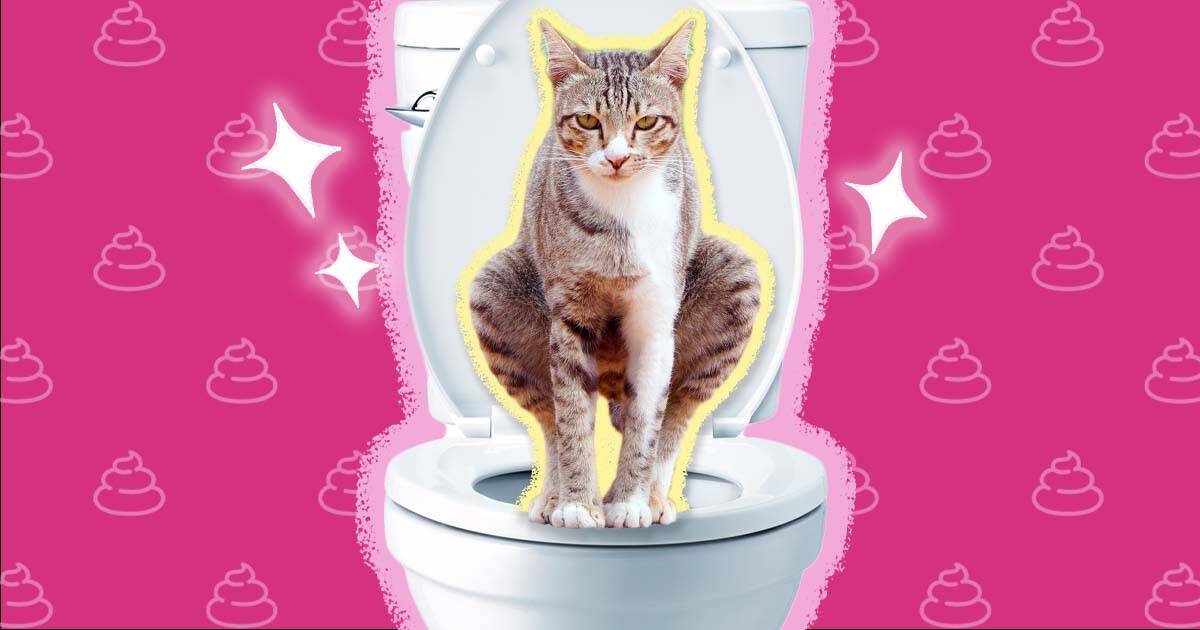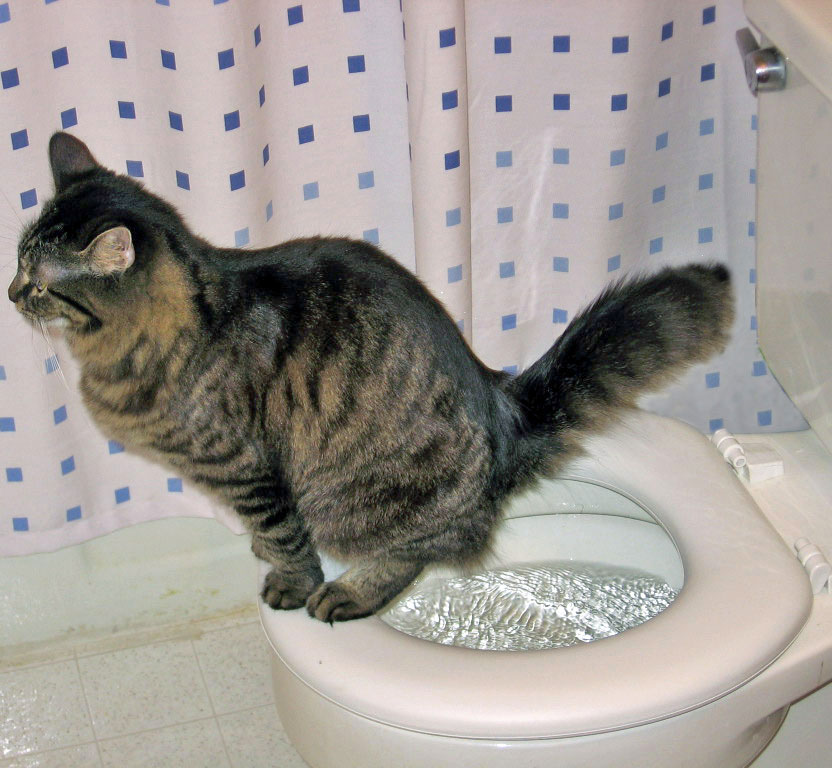An Relevance of Not Getting rid of Animal Waste Down the Toilet
An Relevance of Not Getting rid of Animal Waste Down the Toilet
Blog Article
This great article down the page about 4 Reasons Why Dog Poop Cleanup is Important is unquestionably insightful. You should check this stuff out.

When it comes to getting rid of waste, especially animal waste, many individuals usually turn to the convenient alternative of flushing it down the toilet. Nevertheless, this relatively easy remedy can have severe consequences for the setting and public health. In this write-up, we'll explore why flushing animal waste down the bathroom is a poor concept and give different approaches for proper disposal.
Introduction
Correct waste disposal is vital for keeping ecological sustainability and public health. While it may seem safe to flush animal waste down the toilet, it can lead to numerous concerns, both for the environment and human well-being.
Threats of flushing pet waste
Environmental influence
Purging animal waste introduces damaging microorganisms and microorganisms right into waterways, which can adversely influence marine ecosystems. These pathogens can pollute water sources and damage aquatic life, interrupting delicate communities.
Public health problems
Pet waste has harmful bacteria such as E. coli and Salmonella, which can present severe health risks to humans. Purging animal waste down the toilet can infect water products, causing the spread of illness and infections.
Alternatives to flushing
Instead of flushing pet waste down the commode, there are a number of alternate disposal approaches that are more eco-friendly and hygienic.
Composting
Composting pet waste is an eco-friendly method to dispose of it. By composting, raw material is broken down right into nutrient-rich dirt, which can be used to fertilize gardens and plants.
Garbage dump disposal
Taking care of pet waste in a landfill is one more alternative. While not as eco-friendly as composting, it is a safer alternative to flushing, as it avoids the contamination of water resources.
Family pet garbage disposal systems
There are specific family pet waste disposal systems available that securely and hygienically deal with pet waste. These systems often make use of enzymes to break down waste and get rid of smells.
Steps to correct animal waste disposal
To make sure correct disposal of animal waste, follow these actions:
Scooping and getting waste
Consistently scoop and bag pet waste utilizing eco-friendly bags. This protects against waste from polluting the environment.
Using designated waste containers
Dispose of bagged animal waste in designated waste bins, such as compost bins or landfill bins. Avoid flushing it down the toilet whatsoever expenses.
Cleaning can and pet locations on a regular basis
Routinely tidy litter boxes and animal locations to prevent the build-up of waste and germs. Usage pet-safe cleaning items to keep hygiene.
Benefits of correct disposal methods
Taking on appropriate disposal approaches for animal waste supplies numerous benefits:
Lowered environmental pollution
Correct disposal approaches minimize the threat of environmental pollution, securing rivers and communities from contamination
Decreased risk of water contamination.
By preventing flushing animal waste down the bathroom, the danger of water contamination is dramatically reduced, safeguarding public health.
Boosted hygiene and health
Appropriate disposal methods advertise much better sanitation and health, producing a safer setting for both humans and pets.
Final thought
To conclude, flushing animal waste down the commode is dangerous to the atmosphere and public health. By taking on different disposal methods and adhering to proper waste management methods, we can minimize the negative influence of pet waste and contribute to a cleaner, healthier earth.
What To Do With Dog Poo – The Do's And Don'ts Of Disposing Of Faeces
Dog poo bins
Some councils provide dedicated dog waste bins in popular dog-walking areas that can take dog poo that has been bagged but you can legally dispose of dog waste in any public litter bin, as long as it is securely bagged. This also applies to your wheelie bin at home.
Do not flush
Water companies do not recommend flushing dog faeces down the toilet because certain parasites can survive the water processing treatment and are potentially harmful to humans. You should also never consider flushing dog poo that has been bagged down the toilet as the bags will not break down and instead create severe blockages in the sewage system.
In the woods
The Forestry Commission promotes a ‘stick and flick’ method for dealing with waste in the woods. This means finding a stick and using it to flick any poo from off the path so that it is out of the way of other walkers. You could also bury it as long as it is not in an area where there might be livestock.
Livestock
Parasites found in dog poo can be transmitted to livestock if they inadvertently eat infected faeces that has been left on grazing land. This could result in the death of sheep or abortion in cattle so you should always make sure you pick up your dog’s waste in fields where livestock could be present.

Routinely tidy litter boxes and animal locations to prevent the build-up of waste and germs. Usage pet-safe cleaning items to keep hygiene.
Benefits of correct disposal methods
Taking on appropriate disposal approaches for animal waste supplies numerous benefits:
Lowered environmental pollution
Correct disposal approaches minimize the threat of environmental pollution, securing rivers and communities from contamination
Decreased risk of water contamination.
By preventing flushing animal waste down the bathroom, the danger of water contamination is dramatically reduced, safeguarding public health.
Boosted hygiene and health
Appropriate disposal methods advertise much better sanitation and health, producing a safer setting for both humans and pets.
Final thought
To conclude, flushing animal waste down the commode is dangerous to the atmosphere and public health. By taking on different disposal methods and adhering to proper waste management methods, we can minimize the negative influence of pet waste and contribute to a cleaner, healthier earth.
What To Do With Dog Poo – The Do's And Don'ts Of Disposing Of Faeces
Dog poo bins
Some councils provide dedicated dog waste bins in popular dog-walking areas that can take dog poo that has been bagged but you can legally dispose of dog waste in any public litter bin, as long as it is securely bagged. This also applies to your wheelie bin at home.
Do not flush
Water companies do not recommend flushing dog faeces down the toilet because certain parasites can survive the water processing treatment and are potentially harmful to humans. You should also never consider flushing dog poo that has been bagged down the toilet as the bags will not break down and instead create severe blockages in the sewage system.
In the woods
The Forestry Commission promotes a ‘stick and flick’ method for dealing with waste in the woods. This means finding a stick and using it to flick any poo from off the path so that it is out of the way of other walkers. You could also bury it as long as it is not in an area where there might be livestock.
Livestock
Parasites found in dog poo can be transmitted to livestock if they inadvertently eat infected faeces that has been left on grazing land. This could result in the death of sheep or abortion in cattle so you should always make sure you pick up your dog’s waste in fields where livestock could be present.

Do you like reading about ? Give feedback further down. We'd be pleased to listen to your suggestions about this blog posting. In hopes that you visit us again in the near future. You should take the opportunity to distribute this article if you enjoyed it. I love your readership.
Call Today Report this page